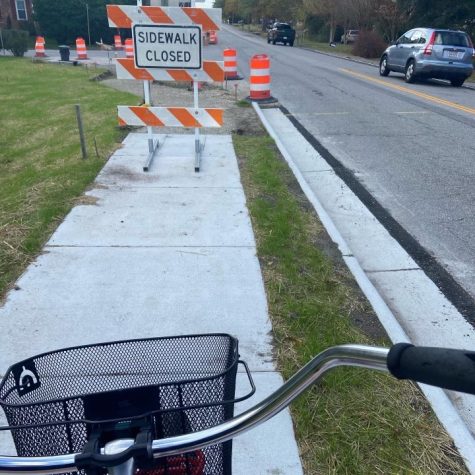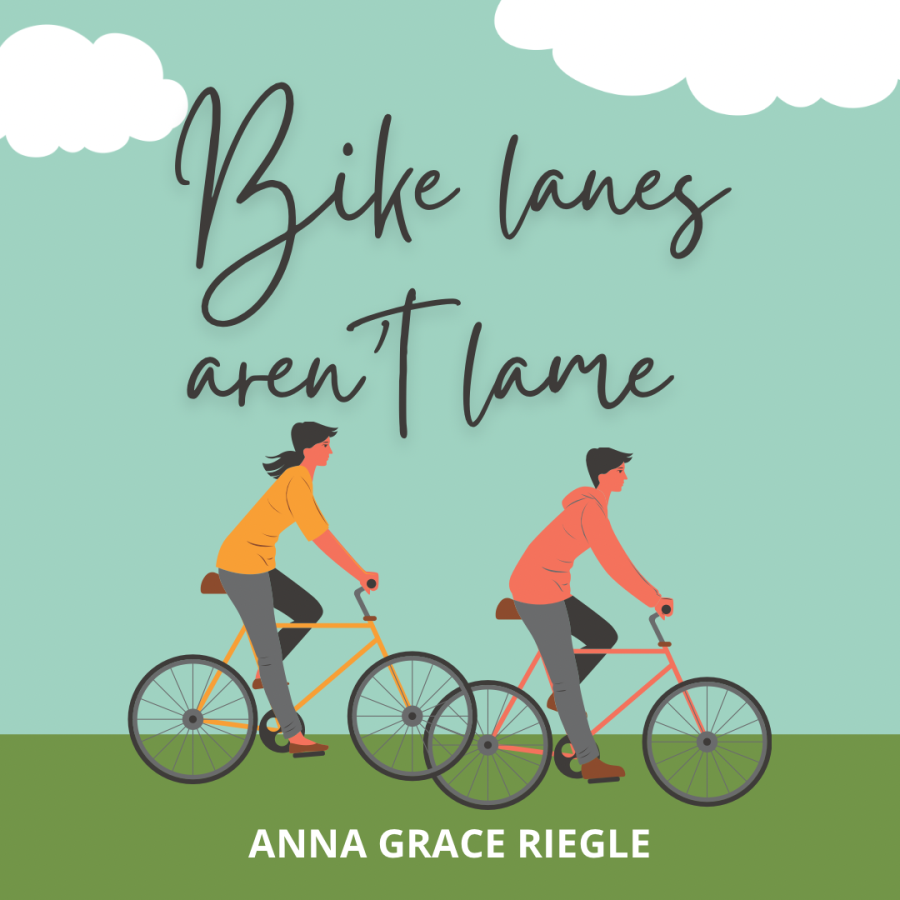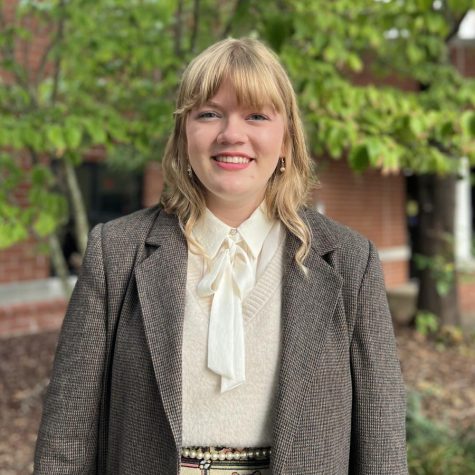Bike Lanes aren’t Lame
Virginia Beach (and you!) could benefit from bike lanes
March 2, 2023
Virginia Beach, and most of suburban America, is built for cars, not people. There is so much to do and many places to go, yet nearly everything is built to a car scale. Like other pedestrians, I make do with uneven sidewalks and unpredictable traffic. I’ve had to dodge a few oncoming cars and I’ve been flipped off by a few angry drivers who can’t fathom the idea of a pedestrian having the right of way, but I can’t give up the feeling of control that comes from being reliant only on my own two feet to get around.
Two years of avoiding learning to drive led me to rely on biking and walking as my primary sources of transportation. I’ve gotten to know every coffee and bubble tea shop within a reasonable distance. I’ve cried in at least four neighborhood parks, ordered table service by myself twice, and amassed a questionable collection of spoons picked up off the ground. But most notably, I feel closer to my community and my city now that I’ve taken the time to get to know it.
I can’t help but want my peers to experience this feeling too, but teenagers like me must learn to drive at such a young age because our cities don’t provide the infrastructure to get around without a car. At this rate, I’m avoiding learning to drive in an act of rebellion against the infrastructure, practically forcing me to rely on a car.

Virginia Beach must put its people before its cars. People deserve respect from their city, starting with the buildings, roads, and transportation services that keep it functioning. The city must invest in infrastructure to keep pedestrians safe and provide alternative modes of transportation.
“[There should be] a very clearly reserved spot for [people on bikes] so they don’t have to be competing with the cars on the road,” said sophomore Bella Seminario. “Even if there are rules [saying] you need to give people on bikes the same treatment as a car, people do not follow those rules.”
A simple yet effective aid to this problem is installing bike lanes along the sidewalks and streets of Virginia Beach. There are benefits in traffic flow, safety, happiness, health, and the economy. The people of Virginia Beach deserve infrastructure that serves them, and bike lanes are a simple, yet worthwhile step toward that idea.
“I wish we could have more bike lanes,” said senior Kelsie Sharp. “But at the same time Virginia Beach is a very spread out city and I fear that not enough people would use it.”
Bike lanes are often seen as a hollow investment. They can be, especially when built as an afterthought. Small segments of bike lanes lazily attached to the sides of roads are bound to fail when they cut off abruptly or attach to uneven sidewalks. As major metropolitan areas invest in bike lanes, it is proven again and again that they do in fact reap benefits when properly implemented.
Washington DC and New York City are leading cities in adopting modern bike lanes into their transportation infrastructure. Following major bike lane projects, bike commuting doubled in both these cities from 2009 to 2013. Bike lanes are proven a worthwhile investment; if built with intention, people will use them.
“I hope one day Virginia Beach becomes less car-dependent,” said Sharp. “I would love to see more American cities [reflect the] healthier and prettier styles of European cities.”
Nevertheless, it is our responsibility to get to know our cities up close and personal, despite the highway-scale signs blocking the view. To feel small is to feel human, and that feeling is worth endlessly more than the convenience of a car.


Abbie • Mar 3, 2023 at 8:46 am
I love my Anna Grace Riegle